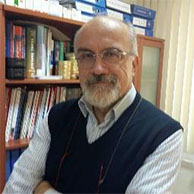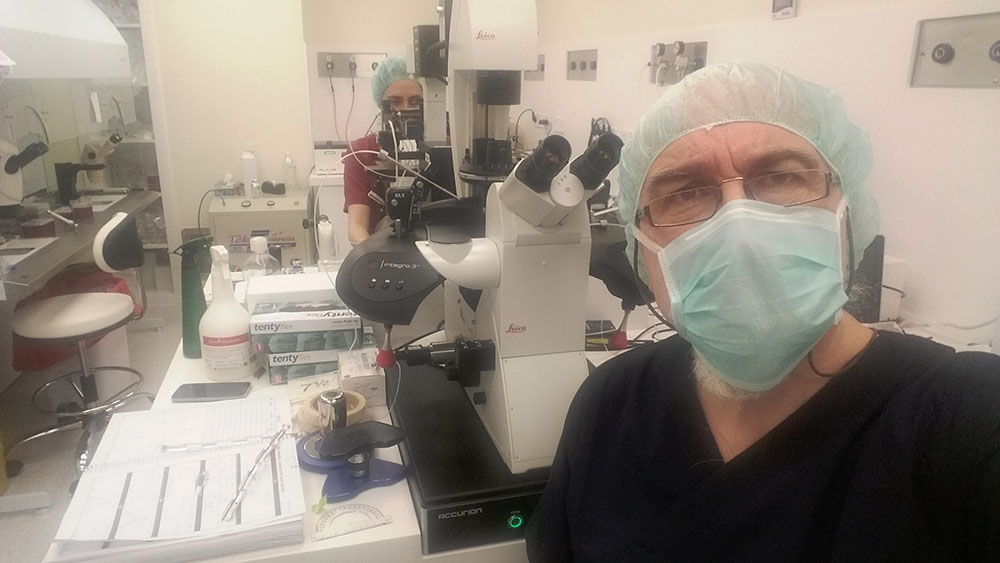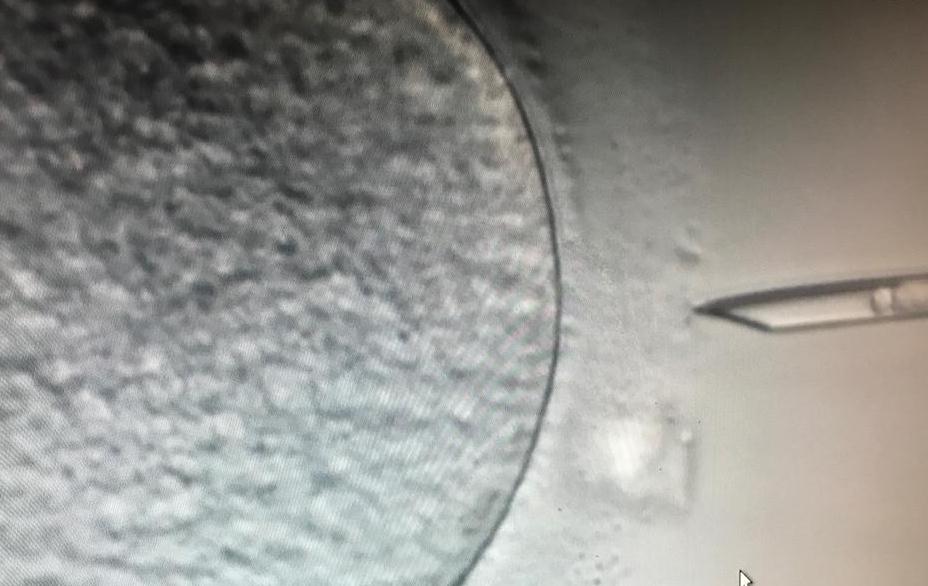



Although the new ROSI technique has recently been introduced, the number of patients is increasing day by day. The results of our ROSI applications done so far gave some clues that would increase the success of the method. First, let me to list some issues that may limit the success of ROSI:
So, how can we increase the success of ROSI?

First of all, the man must be well prepared. For this purpose, accurate decision should be made as to which treatment to start; hormonal stimulation of spermatogenesis or supportive treatment of stem cell. If it can be understood why sperm production is impaired, only then can an appropriate treatment be chosen. This requires a thorough investigation of the man, both genetically and metabolically. In particular, we believe that seminal markers are very informative in this regard.
TESE should be done very carefully and adequately. As a rule, the more quality sperm cells selected with TESE, the greater the chance of success. In principle, first, mature sperm cells should be tried to find. Mature sperm cells are found in focal areas in the testis and we can only detect them under a surgical microscope. This requires long-term experience. The magnification power of the microscope used is also important. The testis should be thoroughly examined and sufficient time must be spent for this.
But most of all, our goal at TESE is to find a fully mature, tail-developing spermatozoa. Every effort must be made to achieve this goal. Round cells should only be used as a last resort. Before the embryo transfer and during pregnancy, it should be shown that there are no fetal anomalies by genetic tests and imaging methods. However, regardless of what is done, we do not yet have enough information about the problems that we cannot identify but that may arise in the child at an advanced age.
You can send your questions to
Prof.Dr. Kaan Aydos
Mahatma Gandhi Caddesi, 19/7 06700 Cankaya, Ankara / TURKEY
+90 312 437 3121 +90 312 508 2258